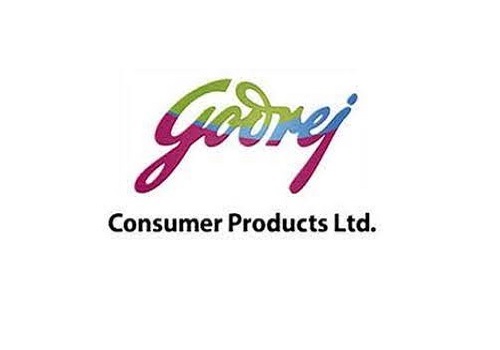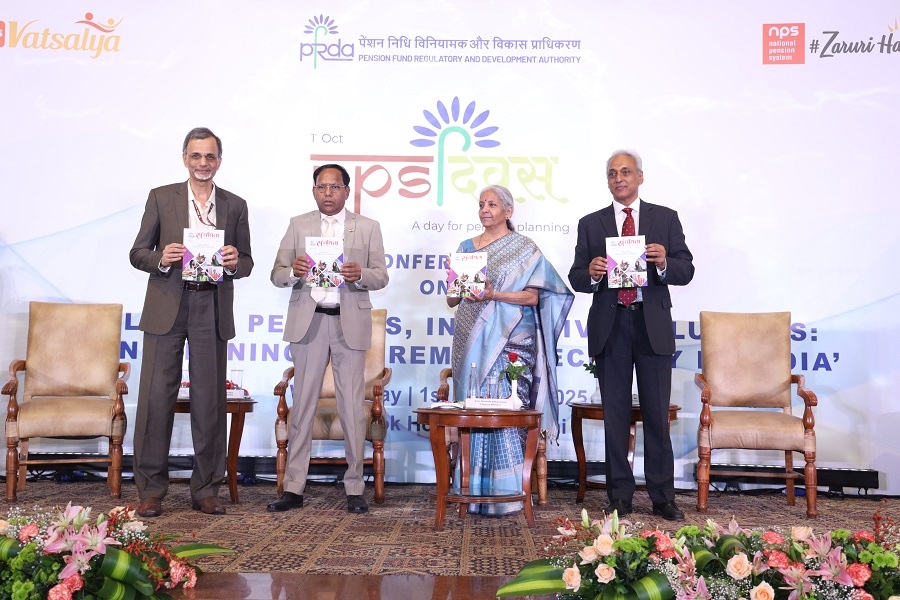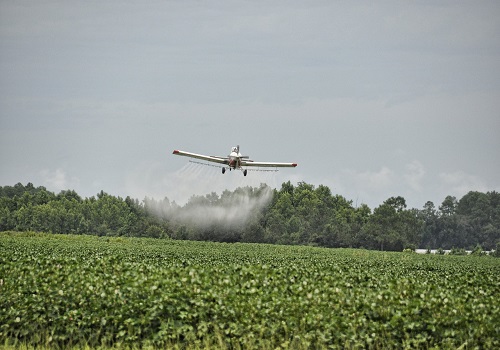Consumer Staples : 4QFY25 review: Persisting weakness by Kotak Institutional Equities
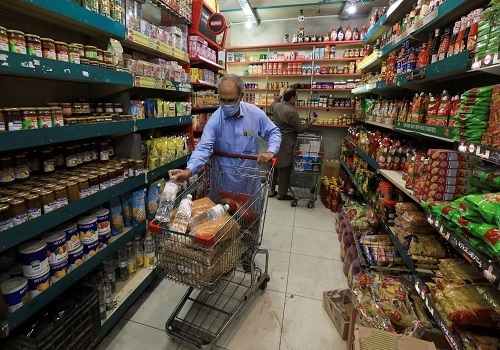
4QFY25 review: Persisting weakness
Key highlights of 4QFY25: (1) Staples—some qoq improvement in revenue growth trends, but overall print remained subdued amid urban weakness. Higher-than-estimated RM inflation and adverse operating leverage impacted profitability and (2) discretionary—sustained weakness in paints due to high competitive intensity. We saw stable-to-improving trends in QSR/footwear and resilient performance in jewelry, cigarettes, CSD and alcobev.
Staples—weak growth and margin trends due to urban weakness and inflation
Revenue growth (yoy) for most names improved sequentially but remained subdued, in line with our moderated estimates. Overall revenue growth at 6.2% yoy (5.1% LFL) was partly aided by both improved pricing and resilient rural demand, even as urban demand continued to moderate. Domestic value (organic, LFL)/volume growth—MRCO (23%/7%), HONASA (13.3%/NA), TCPL (13%/5.9%), BRIT (8.9%/3.5%), GCPL (6.3%/4%), NEST (4.5%/2%), HUVR (2.4%/2%), JYL (1%/4%), CLGT ((-)1.8%/flat) and DABUR ((-)3.4%/(-)6%). Staples GM declined 230 bps yoy, as key RM (tea, palm, edible oils, etc.) prices remained elevated (witnessed some improvement qoq). GM compression and adverse operating leverage led to 120 bps yoy decline in EBITDA margin, despite a cut in A&P spends (down 50 bps yoy).
Discretionary—paints weak; stable growth trends across other categories
Paints: Value/volume growth (decorative business) of APNT was weak ((- )5%/1.8%), whereas BRGR (4.4%/7.4%) and KNPL (flat/3%) were relatively better. Weak topline growth for leading paint names was due to subdued demand, high competitive intensity (Birla Opus’ exit market share improved to HSD in 4Q) and a weak mix. PIDI’s 10%/9.8% value/volume growth (standalone) was strong. Adverse leverage continued to weigh on EBITDA growth for the paints sector.
QSR and footwear: QSR players witnessed stable-to-improving trends in SSSG for most names. (1) JUBI (Domino’s) stood out with 18.8%/12.1% yoy sales/LFL growth. EBITDA growth was strong at 29% (partly aided by a weak base); (2) WESTLIFE/BK India: 7.3%/11.6% yoy revenue growth, led by 0.7%/5.1% SSSG; (3) DEVYANI/SAPPHIRE: 6.1%/1% SSS decline for KFC and +1% SSSG both for PH. Subdued ADS and adverse operating leverage continued to weigh on margins; (4) in footwear, Metro/Campus’ prints were steady, with 10.3%/11.5% revenue growth. Jewelry, cigarettes, beverages: (1) TTAN’s recurring domestic jewelry sales growth at 23.4% yoy was led by strong demand for gold jewelry. EBIT margin at 11.9% was good in the context of high gold prices and studded share decline (300 bps yoy). The beat was led by operating leverage and hedging gains, (2) ITC’s cigarette volume growth was resilient at 5% yoy, but EBIT growth at 4% was impacted by RM inflation, (3) UNSP’s P&A’s volume/value growth at 9.2%/13.2% yoy was aided by AP market reopening; UBBL’s volume/value growth at 5%/9% was impacted by disruptions in some states, (4) VBL’s domestic performance was strong (15.5% volume growth) notwithstanding Campa’s aggression, but international performance (ex-SA/DRC) was weak (flat volume growth yoy) due to market-specific issues and (5) Cello’s revenue growth improved to ~15% yoy, aided by hydration category (early summer).
Above views are of the author and not of the website kindly read disclaimer


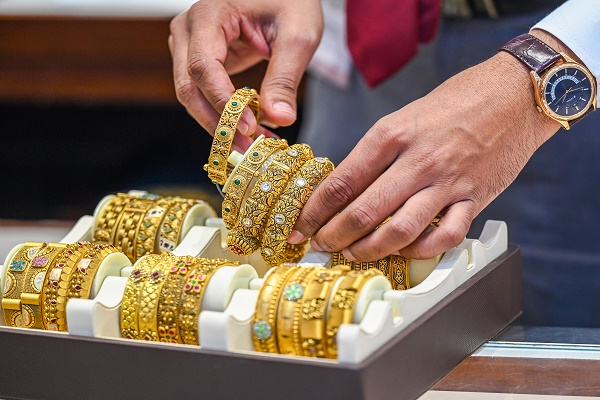
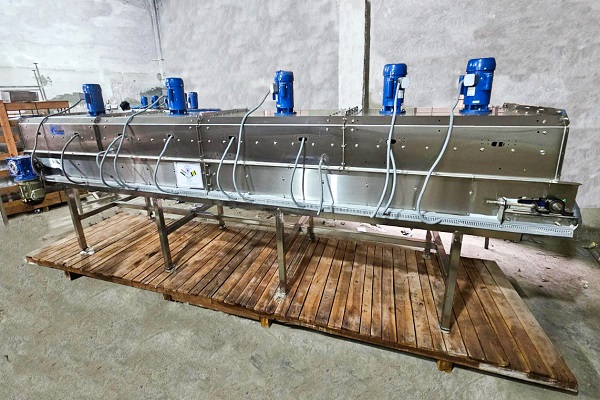






Tag News
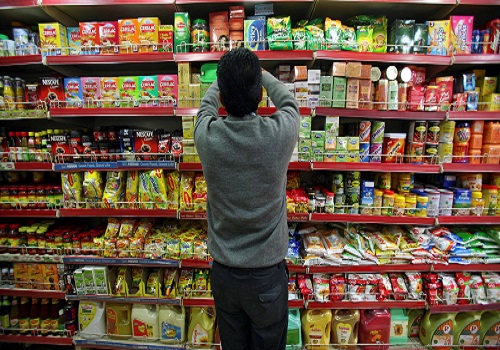
Consumer Goods Sector Update : 3Q recovery lower than expected by Prabhudas Lilladher Ltd

